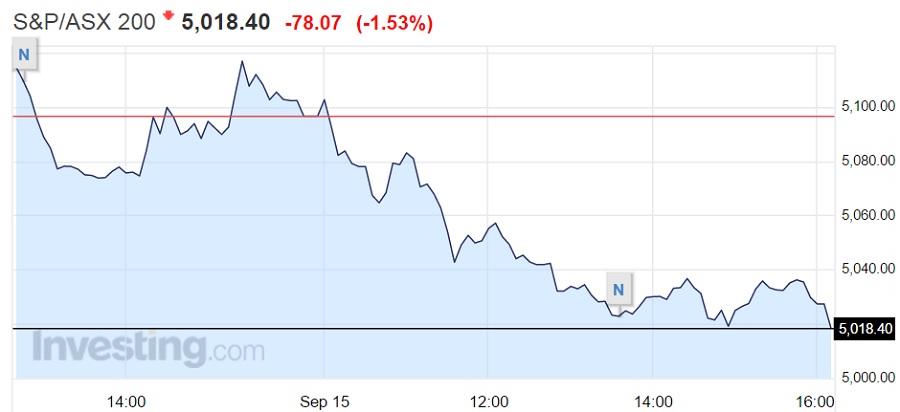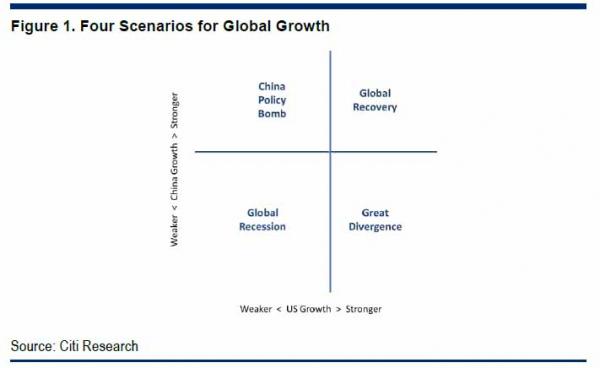
Photo: Michael Willson/AFL Media/Getty Images
The Australian market fell on the second trading day of the week.
Here’s the scoreboard:
- S&P ASX 200: 5,018.40 -78.07 -1.53%
- All Ordinaries: 5,046.50 -73.97 -1.44%
- AUD/USD: 0.7112 -0.0024 -0.34%
The drop wiped out Monday’s 0.50% gain and last week’s 0.6% rise.
All 10 sectors were in the red today as falls in China markets added to a negative Wall Street where the S&P 500 closed overnight down 0.4%.
The major banks and financial stocks were hit hard, with Westpac down 2.55% to $30.20. The AMP lost 2.58% to $5.67.
Among the miners, Rio Tinto shed 2.16% to $50.74 and BHP 1.31% to $23.43. South32 was down 7.4% to $1.54.
Kathmandu was up 3.8% to $1.355 after it said once again that NZ group Briscoe’s $318 million takeover offer wasn’t good enough.
And political observers might like to note that today’s market fall is the biggest opening day loss on a prime minister’s first day since John Howard in 1996. He went on to lead the nation for 11 years, and became the nation’s second longest-serving PM after Menzies.
The top stories for Tuesday:
1. The new PM. What Australia’s top tech and startup entrepreneurs are saying about Malcolm Turnbull. How analysts think Turnbull can lift business confidence. And BUY TURNBULL. AndTurnbull’s vision: “Disruption is our friend.”
2. A buy-back did the trick. Seven West Media shares soared after the company announced a $75 million share buy-back. Its shares were up 6.48% to $0.74.
3. Cash for local start-ups. Australia’s largest start-up venture capital fund has gathered $200 million to invest in local businesses only.
4. Australian new car sales fall yet again. The ABS reported a decline of 1.6% in August.
5. Is the run over? The 30-year golden age for corporate profits is coming to an end, according to the latest publication of the McKinsey Global Institute.
6. Iron ore blues. The iron ore price fell overnight for the first time in five trading sessions.

Follow Business Insider Australia on Facebook, Twitter, and LinkedIn



